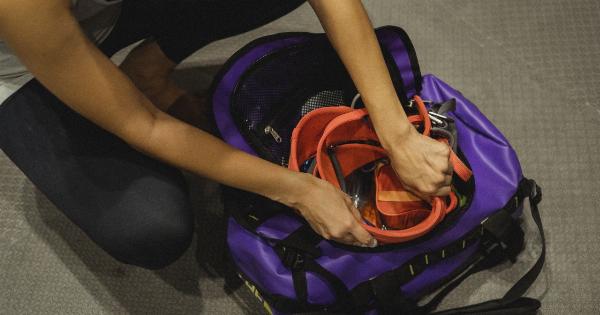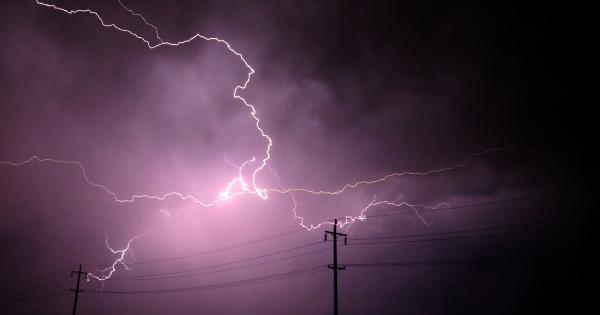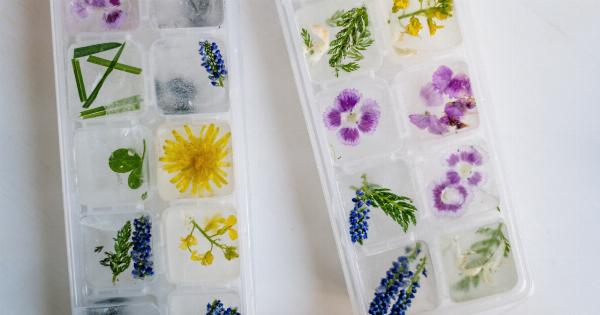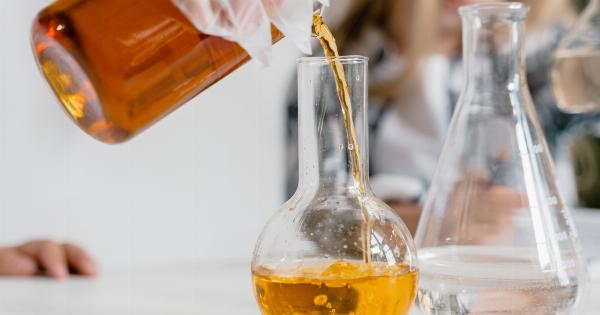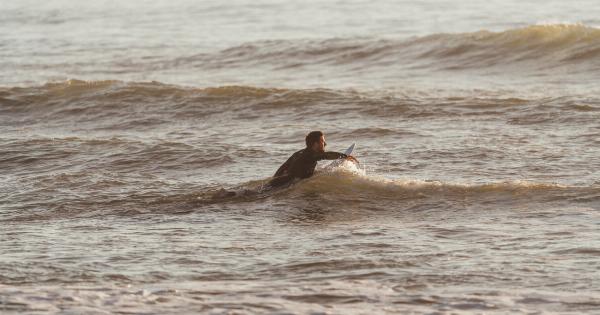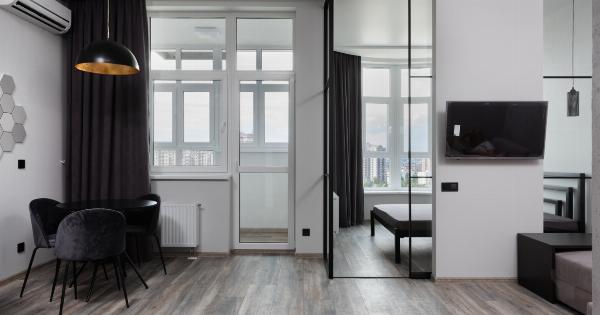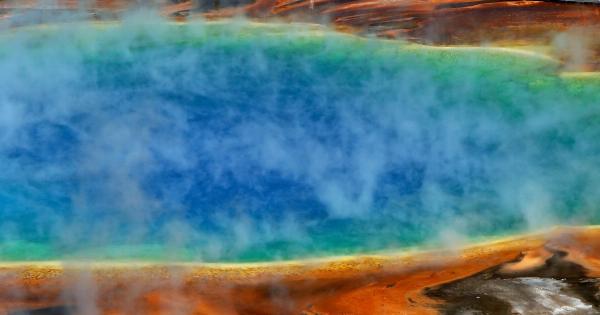The summer season is about to set in and with it comes the soaring temperatures. The heat can be unbearable at times, especially during the peak of summer.
The hot and humid weather can have adverse effects on your health, and heat stroke is one of the most common issues. Heat stroke is a medical emergency that can lead to severe health complications. In this article, we have compiled 30 tips to help you avoid heat stroke in high temperatures.
What is heat stroke?
Before we dive into tips on avoiding heat stroke, it’s essential to know what heat stroke is. Heat stroke is a severe heat illness that occurs when your body overheats, and your body’s temperature regulation system fails.
It is a medical emergency that requires immediate attention as it can cause severe damage to your vital organs and lead to death.
Signs and symptoms of heat stroke
Heat stroke can be identified by the following signs and symptoms:.
- High body temperature (above 40 degrees Celsius)
- Hot and dry skin
- Rapid heartbeat
- Headache
- Dizziness
- Nausea
- Vomiting
- Muscle cramps
- Confusion or disorientation
Tips on avoiding heat stroke
Here are 30 tips on how to avoid heat stroke in high temperatures:.
1. Stay hydrated
The most important tip to avoid heat stroke is to stay hydrated. Drink plenty of water and fluids to keep your body hydrated. Avoid drinks that contain alcohol or caffeine, as they can lead to dehydration.
2. Wear loose and light-colored clothing
Wear loose and light-colored clothing that can help keep you cool in hot weather. Light-colored clothing reflects the sun’s rays, thus reducing heat absorption by the body.
3. Use sunscreen
Apply sunscreen with an appropriate SPF to protect your skin from the harmful effects of the sun. Sunburn can cause dehydration, which can lead to heat stroke.
4. Stay indoors during peak temperature hours
Avoid going out during the peak hours of the day, when the sun’s rays are strongest. Stay indoors and create a cool environment using fans or air conditioners.
5. Take cool baths or showers
Take cool baths or showers to reduce your body temperature. This can help reduce the risk of heat stroke, especially if you feel overheated.
6. Avoid strenuous activities
Avoid strenuous activities that can cause your body to overheat, such as exercising, playing sports, or doing manual labor during peak temperatures.
7. Use a damp cloth
Use a damp cloth to wet your face, neck, and limbs to help keep you cool and reduce the risk of heat stroke.
8. Use a hydrating mist
Use a hydrating mist or a spray bottle filled with water to mist your face, neck, and limbs to keep you cool and hydrated.
9. Eat light and hydrating foods
Eat light and hydrating foods such as fruits, vegetables, and salads. These foods contain a high amount of water and can help keep you hydrated.
10. Avoid hot and heavy meals
Avoid hot and heavy meals that can cause your body to generate heat. These foods can cause you to feel overheated and increase the risk of heat stroke.
11. Use a portable fan
Use a portable fan to create a cool breeze around you. This can help lower your body temperature and reduce the risk of heat stroke.
12. Avoid direct sunlight
Avoid direct sunlight as much as possible and stay in the shade to reduce the risk of heat stroke. If you must go out, use an umbrella or wear a hat to shade your face from the sun.
13. Take breaks often
If you must work or spend time outside, take breaks often to rest and rehydrate your body. Taking breaks can help reduce the risk of heat exhaustion and heat stroke.
14. Stay in an air-conditioned space
If your home does not have an air conditioner, go to a public space that has one, such as a mall, library, or community center. Staying in an air-conditioned space can help keep you cool and reduce the risk of heat stroke.
15. Use a cold compress
Use a cold compress or an ice pack on your forehead, neck, or underarms to help reduce your body temperature and the risk of heat stroke.
16. Seek medical attention
If you experience any of the signs or symptoms of heat stroke, seek immediate medical attention. Heat stroke can lead to severe health complications and even death if left untreated.
17. Keep your house cool
Keep your home cool by using fans, air conditioning, or by keeping windows and doors open to promote air circulation. A cool environment can help reduce the risk of heat stroke.
18. Wear a hat
Wear a hat that covers your face, ears, and neck when you go out in the sun. A hat can help protect you from the sun and reduce the risk of heat stroke.
19. Wear light and breathable shoes
Wear light and breathable shoes that allow your feet to breathe and prevent them from sweating excessively. This can help reduce the risk of heat stroke.
20. Keep your body cool
Keep your body cool by using water bottles or cold compresses to cool your limbs. This can help lower your body temperature and reduce the risk of heat stroke.
21. Use a ventilator
Use a ventilator or a fan to create a cool breeze that promotes air circulation in your home or office. This can help reduce the risk of heat stroke.
22. Keep a water bottle with you
Carry a water bottle with you at all times to stay hydrated, even when you are on the go. Staying hydrated can help reduce the risk of heat stroke.
23. Avoid synthetic fabrics
Avoid synthetic fabrics that can trap heat and cause you to feel overheated. Wear light and breathable clothes made from natural fabrics like cotton or linen.
24. Take breaks in the shade
If you must work outside, take breaks in the shade to cool down and rehydrate your body. Sitting in the shade can help reduce the risk of heat stroke.
25. Keep a watch on the weather
Keep a watch on the weather and avoid going out during days with high temperatures or heat warnings. This can help reduce the risk of heat stroke.
26. Check in on elderly or sick relatives
Check in on elderly or sick relatives who may be more susceptible to heat stroke. Make sure they are staying hydrated and have access to a cool environment.
27. Work in a team
If you work in the sun, work in a team or with a buddy to monitor each other’s health and take breaks as needed. This can help reduce the risk of heat stroke and other heat-related illnesses.
28. Know your medications
If you are taking medication, know how it can affect your body’s ability to regulate temperature. Some medications can increase the risk of heat stroke. Talk to your doctor if you have concerns.
29. Don’t ignore the signs
If you experience any of the signs and symptoms of heat stroke, do not ignore them. Seek immediate medical attention to avoid severe health complications.
30. Take it easy
Finally, take it easy and go at your own pace. Do not push yourself too hard on days with high temperatures. Listen to your body and rest as needed.
Conclusion
Heat stroke is a severe heat illness that can happen to anyone exposed to high temperatures. It’s essential to take precautions and avoid heat stroke. Follow these 30 tips to keep yourself safe and healthy during the summer season.







